Die Filme wurden mit folgenden Awards ausgezeichnet und wurden nominiert





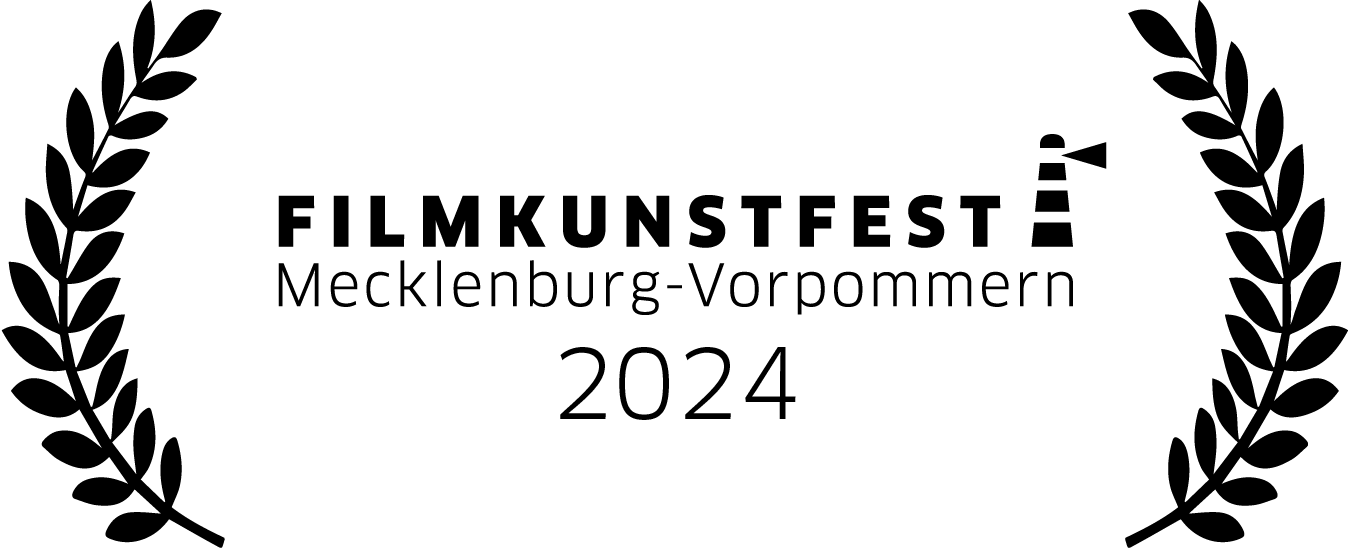




















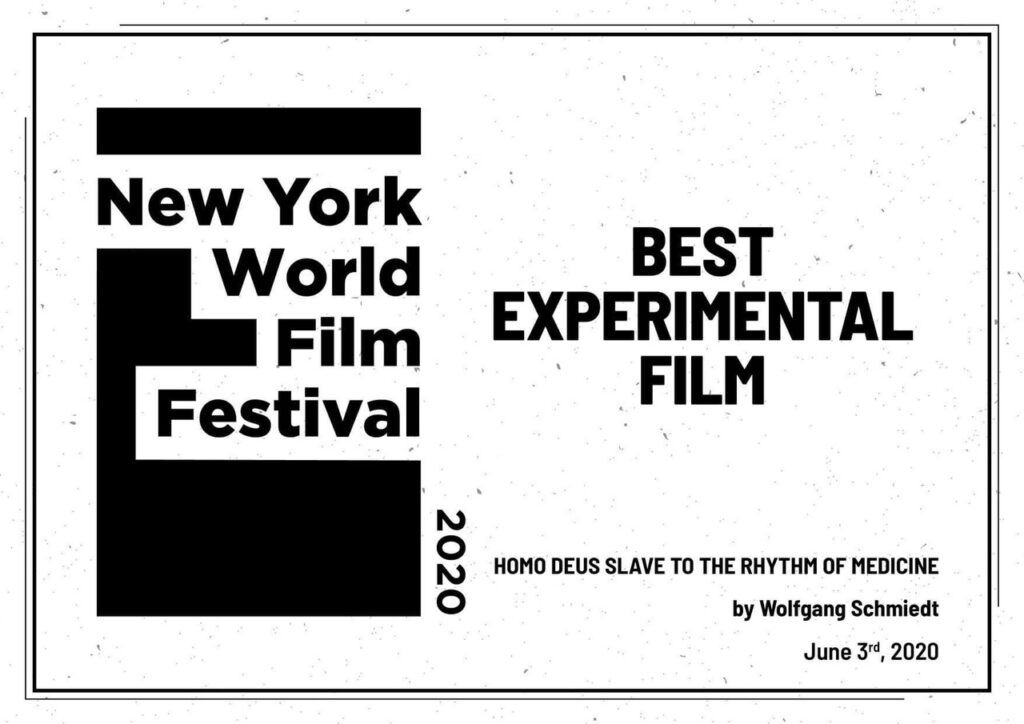
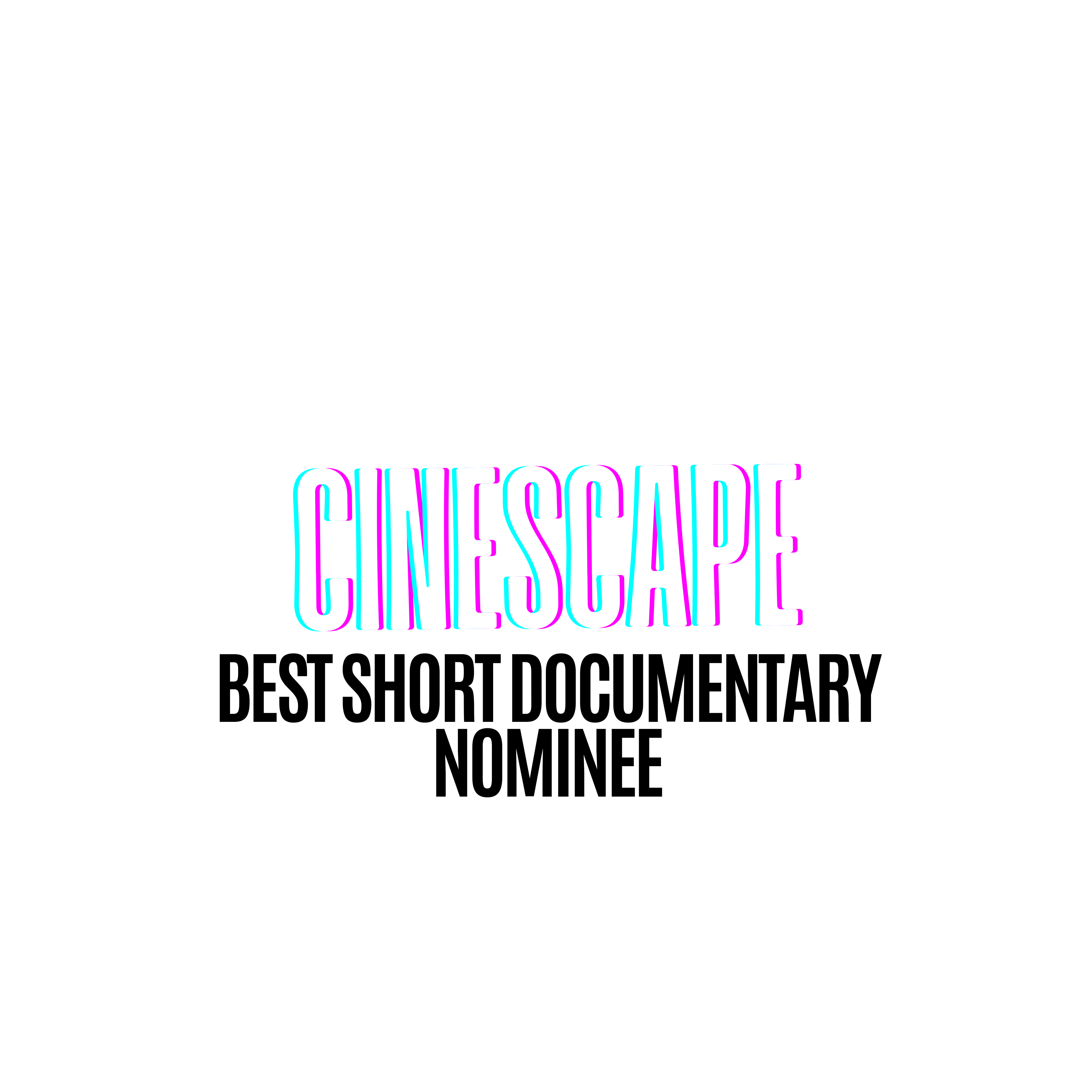


Reviews
„Echo Homo“ by Wolfgang Christoph Schmiedt Nomination: Best Dance or Poetic Film
„Life Without a Heartbeat“ by Wolfgang and Lutz Hofmann Nomination: Best Short Documentary
In a stunning display of cinematic artistry, the Lonely Wolf International Film Festival 2024 showcases two remarkable nominees that push the boundaries of their respective genres. Wolfgang Schmiedt’s „Echo Homo“, nominated for Best Dance or Poetic Film, offers a mesmerising triptych exploration of human evolution. This avant-garde masterpiece seamlessly blends choreographed naturalism with experimental techniques, evoking comparisons to the works of Godfrey Reggio and Pina Bausch. Meanwhile, „Life Without a Heartbeat“, a Best Short Documentary nominee crafted by Wolfgang Schmiedt and Lutz Hofmann, transforms the clinical world of heart transplantation into a realm of poetic wonder. Schmiedt and Hofmann ingeniously interweave actual surgery footage with choreographed dance performances, creating a visual symphony that recalls the artistic daring of Pedro Almodóvar and the emotional depth of Michel Gondry. Both films, while distinct in their approaches, share a profound ability to navigate the liminal space between the corporeal and the metaphysical, challenging viewers to reconsider their place in the grand tapestry of human existence. As the festival unfolds, these nominations stand as testament to the power of experimental cinema to probe the depths of human experience, promising audiences a transcendent journey through the marvels of both natural and technological evolution.
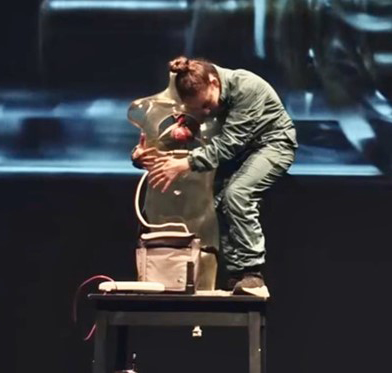
ECHO HOMO (Germany) ★★★★
Directed by Wolfgang Christoph Schmiedt
Reviewed by Adrián Pérez
Wolfgang Christoph Schmiedt’s „Echo Homo“ is a tour de force of avant-garde cinema, offering a triptych exploration of human evolution that transcends traditional narrative structures. This ambitious work evokes the spirit of Godfrey Reggio’s „Qatsi“ trilogy whilst carving its own unique path through the realms of experimental filmmaking. Schmiedt’s background in music shines through in the film’s masterful use of sound and rhythm, creating a sensory experience that is both intellectually stimulating and viscerally affecting.
The trilogy’s thematic depth is truly impressive, delving into complex philosophical concepts such as phenomenology, biopolitics, and the anthropocene. Schmiedt’s visual language owes a debt to the choreographed naturalism of Pina Bausch, whilst its more experimental segments recall the body-horror transformations of Julia Ducournau’s „Titane“ (2021). The juxtaposition of organic movement against brutalist architecture brings to mind Michelangelo Antonioni’s „Red Desert“ (1964), creating a palpable tension between humanity and our constructed environments. The third segment’s neon-drenched, spasmodic choreography presents a disturbing vision of techno-human hybridisation that wouldn’t be out of place in Jaco Van Dormael’s „Toto the Hero“ (1991) or Panos Cosmatos‘ „Beyond the Black Rainbow“ (2010).
What truly sets „Echo Homo“ apart is its ability to navigate the liminal space between the corporeal and the metaphysical. The first segment’s fire-lit nocturnal dances are particularly striking, evoking primal rituals and hinting at Carl Jung’s concept of the collective unconscious. In the second part, the interplay between the lovers in the auditorium and the concurrent surgery creates a visceral link between emotional and physical vulnerability, reminiscent of Apichatpong Weerasethakul’s „Memoria“ (2021) in its exploration of the body as a site of memory and trauma.
Schmiedt’s trilogy posits that our evolution as a species is inextricably linked to our relationship with nature, each other, and technology. It warns against the dangers of losing touch with our organic roots while simultaneously acknowledging the inevitability – and potential – of technological integration. This tension is beautifully realised in the film’s affective dimension, which bypasses intellectual understanding to speak directly to our subconscious, creating a trance-like state akin to Terrence Malick’s „The Tree of Life“ (2011) or, more recently, Charlotte Wells‘ „Aftersun“ (2022).
As a critic, I found myself utterly mesmerised by Schmiedt’s audacious vision. „Echo Homo“ stands as a testament to the power of experimental cinema to probe the depths of human experience. Wolfgang, you’ve created a work that is both deeply personal and universally relevant, challenging viewers to reconsider their place in the grand tapestry of human evolution. Your transition from musician to filmmaker is nothing short of remarkable, and I eagerly anticipate your future contributions to the world of cinema. While „Echo Homo“ may not be for all tastes, those willing to surrender themselves to its rhythms will find a rich and rewarding experience that lingers long after the final frame, much like the haunting resonance of a perfectly struck chord.
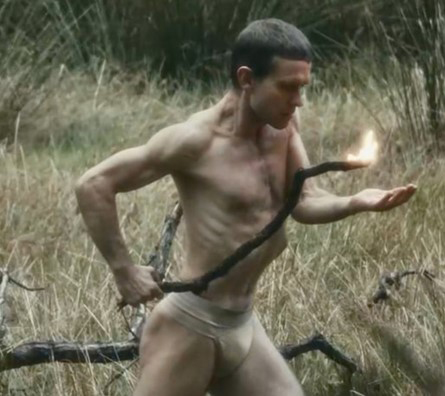
LIFE WITHOUT A HEARTBEAT (Germany) ★★★★
Directed by Wolfgang Christoph Schmiedt
Reviewed by Adrián Pérez
Wolfgang Schmiedt and Lutz Hofmann’s short documentary on heart transplantation is a cinematic masterpiece that transforms as it informs. From the first frame, it draws you into a world where the fragility of human life dances with the marvels of modern medicine. The narrative echoes the profound beauty found in Terrence Malick’s „The Tree of Life“ (2011), finding wonder in the intimate details of existence. As I watched, I felt a deep connection to the subject matter, my own heartbeat seeming to sync with the film’s rhythm.
The documentary’s exploration of the ‚techno-body‘ is presented with a warmth that sets it apart. Unlike the unsettling explorations in David Cronenberg’s „eXistenZ“ (1999), Wolfgang Schmiedt and Lutz Hofmann inspire, showing artificial hearts as testaments to human ingenuity. This delicate balance between nature and technology is reminiscent of Errol Morris’s „The Fog of War“ (2003), yet feels more immediate and personal. The interplay of light and shadow in the dance sequences creates a chiaroscuro effect that powerfully illustrates the balance between life and death, hope and fear, turning the dancer’s movements into a representation of the heart’s own rhythm and resilience.
Wolfgang Schmiedt and Lutz Hofmann’s decision to interweave actual surgery footage with a choreographed dance performance is nothing short of inspired. It reminded me of the artistic daring of Pedro Almodóvar’s „The Skin I Live In“ (2011), elevating medical procedures to the realm of high art. Just as Almodóvar blurred the lines between beauty and horror, science and obsession, Schmiedt and Hofmann transform the clinical into the poetic. This approach pushes the boundaries of documentary filmmaking, much like James Marsh’s „Man on Wire“ (2008), which turned the story of a tightrope walk into a breathtaking meditation on human ambition and artistry.
As the lone female dancer moves, her body becoming a canvas for projected anatomical diagrams, the seamless integration of science and art is striking. This visual poetry, challenging our perceptions of the human body and medical science, evokes the layered imagery and emotional depth of Michel Gondry’s „Eternal Sunshine of the Spotless Mind“ (2004).
Wolfgang Schmiedt and Lutz Hofmann have created more than just a documentary—they’ve crafted a deeply affecting meditation on humanity in an age of technological marvels. By synthesising cinéma vérité with experimental aesthetics, they’ve pushed the boundaries of medical documentaries. This interdisciplinary approach not only informs but profoundly moves, reminding us of the wonder of our own hearts—both as organs and as the metaphorical seat of our humanity. In a world often divided, Schmiedt and Hofmann have created a unifying work that pulsates with our shared human experience, lingering in our thoughts long after the final frame.